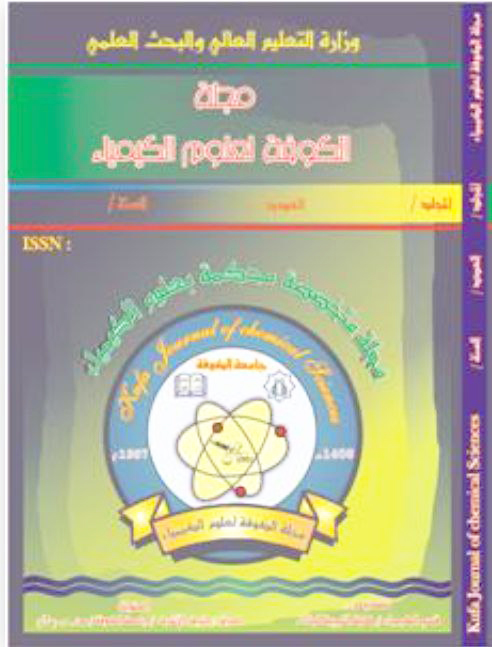Abstract
The photolysis of α-naphtholbenzein with TiO2 as photo catalyst has been investigated using solar light.
The effect of various parameters such as: time of irradiation, light and dark reactions, TiO2 loading, H2O2
and oxalate concentrations have been determined. The experiments explained that the photolysis was
completed at 2.5 hr. In both light and dark reactions, the presence of TiO2 and O2 was an important factor
to increase the rate of reaction. The optimum loading of the catalyst was 0.4g in which the rate constant
was 19×10-2 hr-1.The rate of reaction increased with increasing the millimoles of H2O2 until 12 millimoles.
Also the experiments showed that the photolysis rate was increased with increasing the concentration of
oxalate ion .The kinetics of reaction explained that the reaction was from pseudo first order.
The effect of various parameters such as: time of irradiation, light and dark reactions, TiO2 loading, H2O2
and oxalate concentrations have been determined. The experiments explained that the photolysis was
completed at 2.5 hr. In both light and dark reactions, the presence of TiO2 and O2 was an important factor
to increase the rate of reaction. The optimum loading of the catalyst was 0.4g in which the rate constant
was 19×10-2 hr-1.The rate of reaction increased with increasing the millimoles of H2O2 until 12 millimoles.
Also the experiments showed that the photolysis rate was increased with increasing the concentration of
oxalate ion .The kinetics of reaction explained that the reaction was from pseudo first order.
Keywords
photolysis
TiO
α-naphtholbenzein
